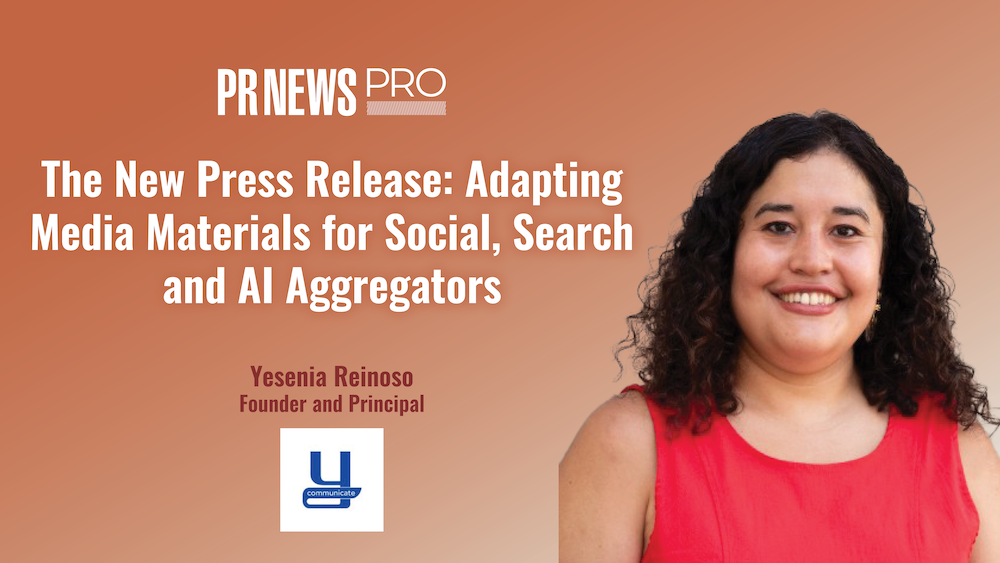Today, the Internet uses top-level domains such as .com, .net, .biz, .info, and .org, as well as country domains like .de, .uk or .ca. Later this year ICANN, the governing body for Internet domain names, is expected to begin taking applications from organizations and consortiums wishing to operate their own top-level domain, opening up an expected wave of .brand domains.
The new generation of names will both include more languages and look more personal and branded. In 2012, we could see the first domain communities, geographies, interests, brands and more emerge to the right of the dot – like .chicago, .sports, .bank, or .beer. Branded URLs that tie products, like camera.canon, or that leverage a slogan, like secondshot.canon, will all be possible. [Note: The author’s company, Melbourne IT Digital Brand Services, earns some of its revenue through managing portfolios of domain names.]
The domain industry expects ICANN to approve the application rules in June 2011. At that point companies will have just months to map out a strategy and submit an application. Global brands Hitachi and Canon have already publicly stated their intentions to apply for .brand domain status, and hundreds more have privately signalled interest. Applicants and their domain bids will ultimately be public, but at a point too late for competitors to dance this round.
The application process for .brand domains is designed to mitigate cybersquatting. Applicants must complete a 150-page request and pay a $185,000 fee. There are other criteria, including having to demonstrate a sound business plan and the financial foundation needed to run a domain registry. After an initial ICANN review, the applicant and its bid are posted for public comment. Should there be a dispute (such as Yankee Candle and The New York Yankees vying for the same domain), the two parties are asked to negotiate to resolve the issue.
If the two parties both have a “qualified” interest in that domain, and not be able to resolve the issue within a set period of time, then the domain bid goes into an auction process.
Wait and See?
Deciding whether to pursue a .brand domain, let alone determining what it should be, warrants careful consideration and strategy. However, there will be no fast follower option this time: The application review period will last up to eighteen months and it is unlikely that ICANN will accept more requests for some time afterward, given the organization’s need to process submitted applications. CMOs must ask whether they can afford to miss the first-mover advantage that will be afforded their competitors if they fail to give the next generation of the Internet due consideration.
New domains add to the complexity, with pros and cons. The expanded Internet structure means new business models, more expensive URLs in sought-after domains, competitive advantage through better fraud prevention and security, and corporate branding and marketing opportunities, such as unlimited exclusive URLs (eg. cameras.canon, printers.canon, photo.canon, video.canon).
Owning the Experience
When running new marketing campaigns, brands have often compromised, rather than acquiring the names they actually want. Creating short, memorable URLs expands brand awareness and drives audiences to online real estate that the brand owns. A .brand domain owner has exclusive rights and control of their brand name, giving them nearly limitless freedom to assign domain names (to the left of the dot) in any way they want.
For instance, Dell could offer its best customers a personalized experience at ‘armandodacal.dell,’ or Canon could showcase corporate social responsibility efforts via memorable domains such as ‘envirothon.canon.’ There are also many options for partners, investors and other audiences.
Search Clarity amid Complexity
Dominating a category and ranking high on a user’s first search attempt are luxuries for brands online. It took Kleenex decades to become synonymous with tissue. Google, however, needed just years to become a verb. A .brand domain can create short, memorable domain names and have the ability to include a virtually infinite number of different keywords in individual URLs, aiding recall and simplifying navigation.
Search engine specialists often argue the importance of having the brand in the URL vs. having URLs quite populated with non-branded keywords. Owning a .brand domain affords the opportunity to improve SEO and attract higher traffic. A .brand generic top-level domain allows the simultaneous integration of both techniques: memorable domains in advertising and easy-to-remember keywords.
Consumer Trust
The ability to consolidate domains under one .brand domain umbrellagives a company far greater control of who uses its name on the Internet, as well as better fraud prevention and consumer confidence. Banks and luxury goods vendors in particular face significant problems from cybersquatters who buy domains that play on a virtually unlimited number of variations of well-known brand names, including common misspellings of those names, to drive traffic to their own sites.
Fake sites confuse consumers, damage brands, can be tough to detect and monitor–and are on the rise. The World Intellectual Property Organization reported in March 2011 that trademark holders filed nearly 2,700 cybersquatting cases, an increase of 28% over the 2009 level. In a break from years past, the greatest number of complaints came from the online retail sector, not banking or pharmaceuticals.
The top-level .brand domain serves as a constant indication that the information being presented is from the genuine brand. Companies can also invite affiliates, partners and even trusted individuals, to join a secure, trusted .brand community.
What’s the Catch?
Applications for .brand domains are expected to begin in late 2011. The ICANN generic top-line domain application involves an exhaustive and technical evaluation process that could still be declined if a brand can’t demonstrate support for specific infrastructure, security or other requirements.
The initial investment from most organizations is anticipated to run between $300,000 and $400,000, including the application fee, registry infrastructure and more. To be dot-ready, a brand must team with IT and relevant vendors to adapt and streamline its existing online presence. Then there are ongoing costs for a company to run its own domain, from annual fees, reporting and technology requirements to skilled resources. These costs could be steep, depending on how the company decides to manage the domain.
However, the cost of a .brand domain has obvious business, innovation and intellectual property advantages. It is an active deterrent for domain speculators and fraudsters, meaning only serious brand owners will apply. And owners will soon be able to develop new business models and deliver new levels of personalization. A .brand domain also yields an element of prestige, by marking the owner as an elite Internet brand.
Armando Dacal is senior vice president at Melbourne IT Digital Brand Services.



